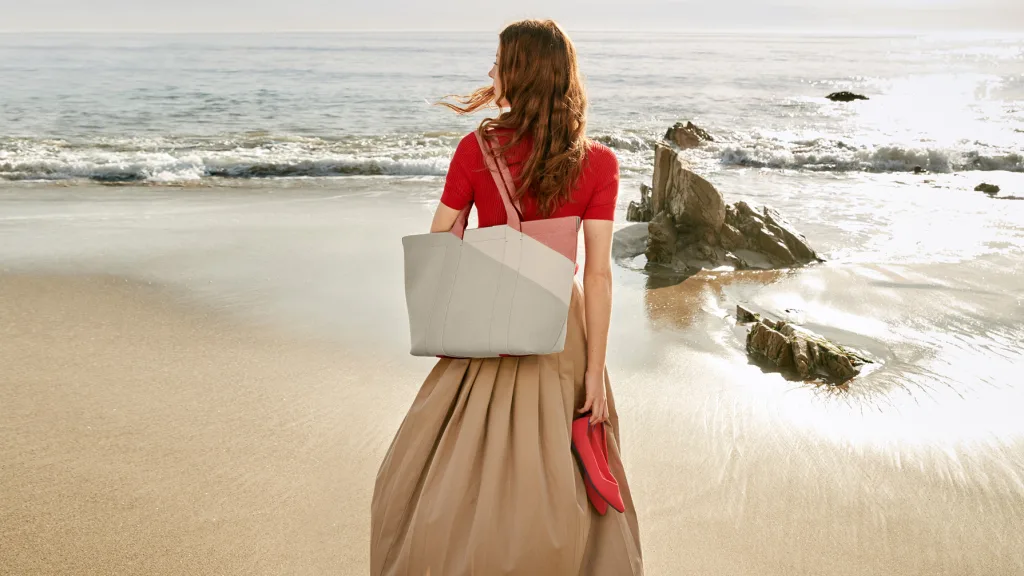Rothy’s, the brand known for trendy shoes made from recycled water bottles, has just unveiled a collection of handbags and accessories. Like the shoes, the bags are made from recycled plastic. Only this plastic was fished out of the ocean.
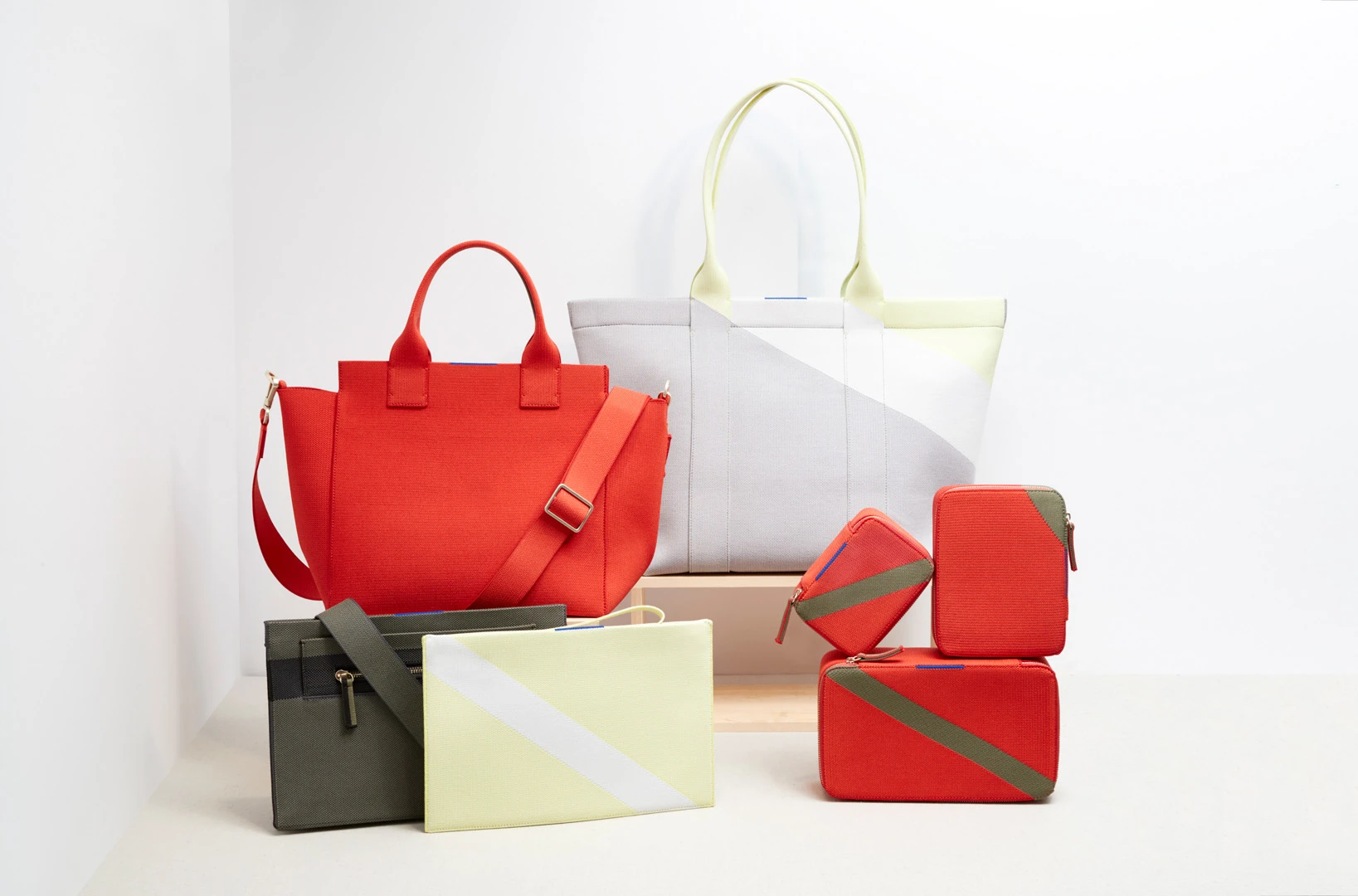
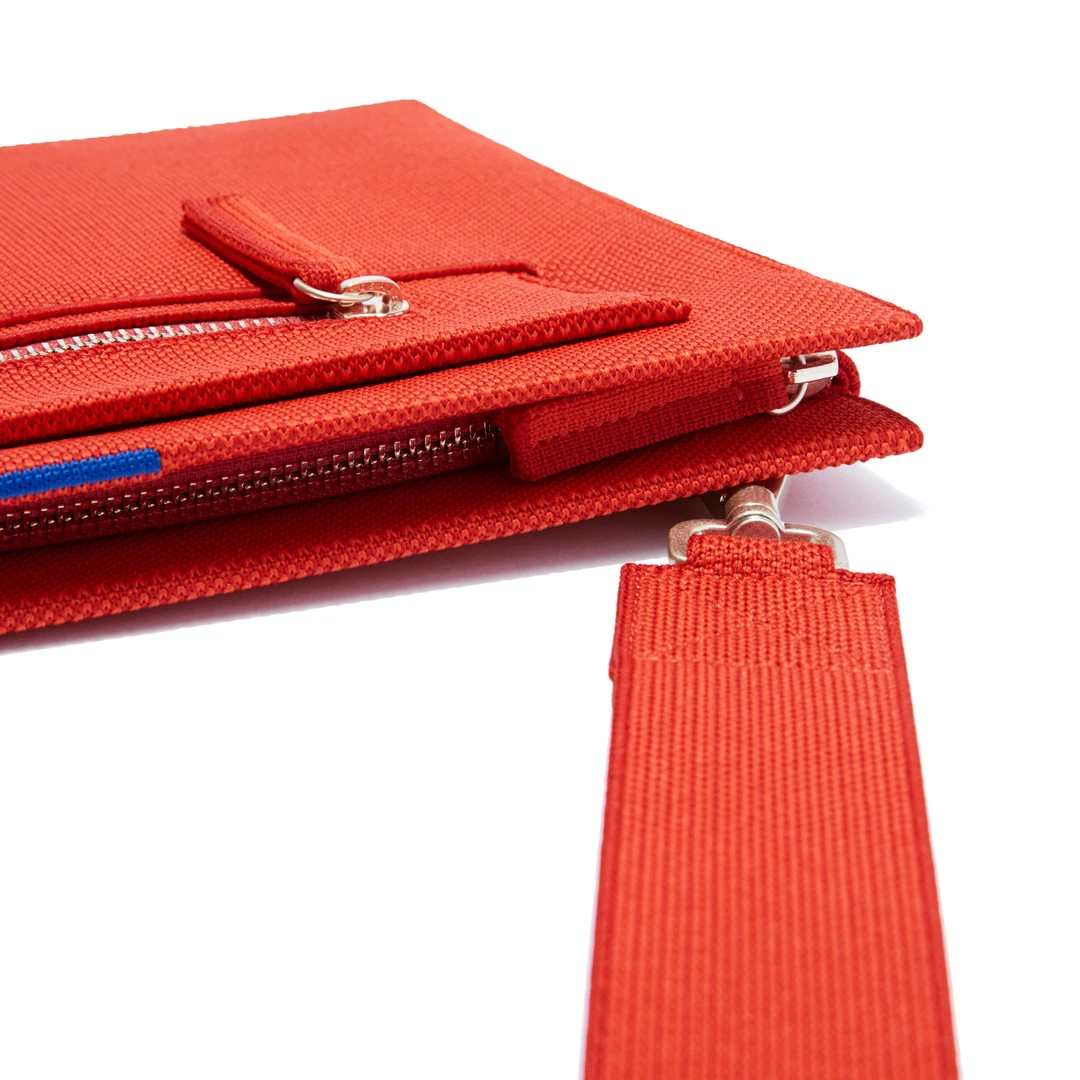
The bags and accessories use the same process, only they include fibers made from plastic extracted from the ocean. Roth Martin, Rothy’s cofounder and CEO, explains that Rothy’s has worked closely with a company that collects plastic found within 30 miles of coastlines. The plastic is then recycled much like other plastic products that go through the regular recycling stream. The only difference is that plastic from the ocean has been exposed to saltwater that effectively weakens the material. As a result, Rothy’s has combined this marine plastic with traditional recycled plastic. “The result is a plastic fiber that is just as high in quality as the plastic in our shoes,” Martin says. “That’s important because we have designed all of our products to be machine washable, which requires the plastic to be durable.”
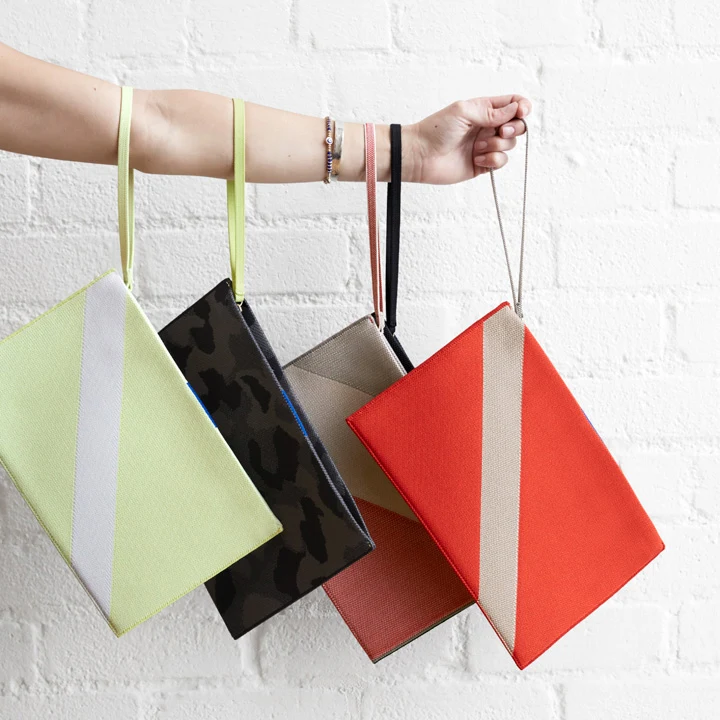
Experts estimate that 60% of all the materials used in the fashion industry is derived from oil-based plastic, including fabrics like nylon and polyester. At present, there is no infrastructure in place to recycle plastic fashion items and turn them into new products. And since plastic does not biodegrade, it will remain on the earth for hundreds of years, clogging up our landfills. Every year, eight million metric tons of plastic enters our ocean, adding to the 150 million metric tons that are already in it. Animals mistake it for food, sometimes killing them. And we know that tiny particles of plastic are now common in our food chain.
Over the past few years, eco-friendly fashion brands have moved toward using recycled plastic derived sources like plastic bottles and fishing nets. Rothy’s was among the first to use the material when it launched in 2016, and resort brand Summersalt launched with recycled swimsuits in 2017. In 2019, Everlane pledged to eradicate all new plastic from its supply chain, and brands like Reformation, Athleta, and Aerie announced that they would make swimsuits out of recycled plastic. All of these efforts are noble, since it means the brands are not actively adding new plastic to the planet. But marine plastic takes these efforts a step further because it actively removes plastic from the ocean.
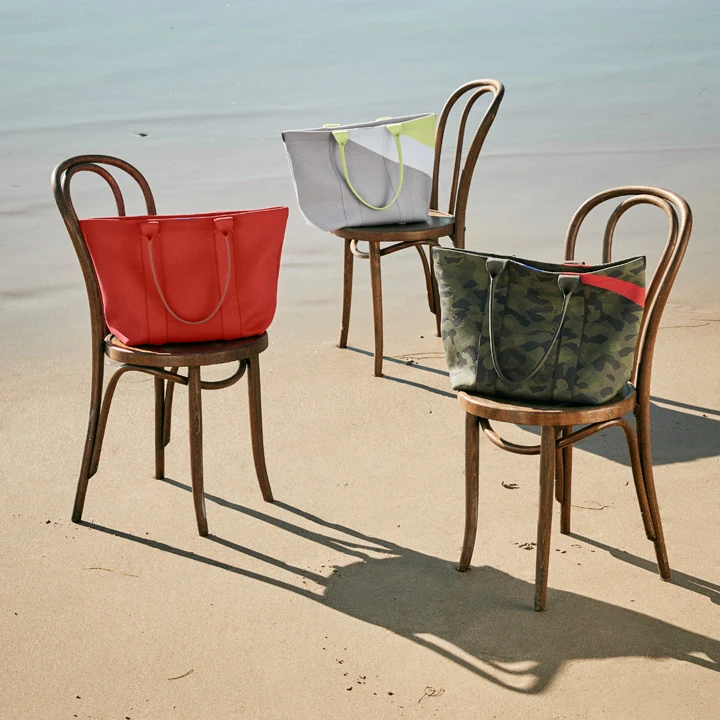
It’s still relatively uncommon for brands to create products using plastic from the oceans. In the fashion sector, Adidas and Stella McCartney now create some products using ocean plastic produced by a nonprofit called Parley for the Oceans. And an outdoor furniture brand called Yardbird uses plastic collected from beaches and waterways in the Philippines.
Now that Rothy’s is selling products made from marine plastic, perhaps other brands will follow suit. But it won’t happen overnight. It requires significant research and development, and many brands, especially large brands, have entrenched production processes that can’t be shifted easily. “We’ve created an entirely new production line at our factories,” Martin says. “We see ourselves as a materials innovation company and with these new products, we’re adding to our growing list of patents.”
Recognize your brand’s excellence by applying to this year’s Brands That Matter Awards before the early-rate deadline, May 3.

